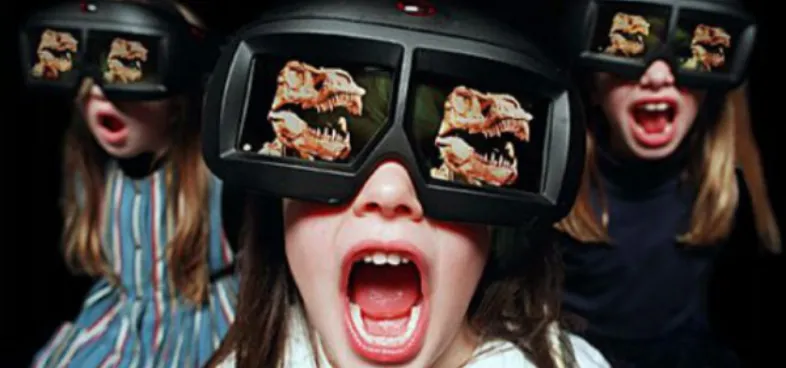
Introduction
Think about the last time you went to a 3D movie. You probably noticed that before you put on the special glasses, the movie was fuzzy. Then, when you donned the glasses – bam! Three dimensions! So, how does this happen? Before we can answer this question, we need some background information.
What is binocular vision?
A vision skill where both eyes work together, simultaneously, equally, and accurately as a coordinated team. Having a normal visual acuity of 6/6 in each eye cannot be considered a clear vision. Clear vision means there should not be eye strain, blurring or any other disturbances while reading or focusing on near objects wherein binocular visual skills must be proper.
What is binocular visual skills?
What is binocular vision impairment?
It is a condition in which binocular visual skills get affected. It will end up with symptoms such as headache, eye strain, double vision, etc.
What are the advantages of binocular vision?
What is binocular vision clinic?
The Binocular Vision clinic (or BV Clinic) specializes in Binocularity, which is how your two eyes work together. A routine eye consultation does not test a childs or an adults focusing ability, tracking or visual perception skills.
Many children pass their annual school vision screening or the pediatrician's eye chart but remain undiagnosed with problems in the visual system. It requires proper binocular vision testing which includes binocular visual skills testing.
Patients suffering from binocular vision impairment will find that basic activities such as reading, working at a computer, or playing sports can be affected.
This clinic is great for children who seem to have good vision, but are still having trouble reading at school or at home. And also for adults who are spending more than 2 hrs in front of digital gadgets such as mobiles, computers, Ipad, etc. Some conditions such as strabismus (crossed-eye) and amblyopia (lazy eye) often can be improved with vision training exercises to build proper eye muscle coordination.
Symptoms and signs that shows you have binocular vision impairment
What is vision therapy?
The orthoptist, in consultation with the treating eye doctor, will put together an individualized therapy program and set of treatment goals for the patient, which includes exercises in the Clinic (In-office Vision Therapy) and at home (Home Vision Therapy) which can result in a successful vision therapy outcomes. In-office Vision Therapy many types of specialized and/or medical equipment can be used in Optometric Vision Therapy programs, such as:
Amblyopia (lazy eye) clinic
Amblyopia is the medical term used when the vision in one of the eyes is reduced because the eye and the brain are not working together properly. The eye itself looks normal, but it is not being used normally because the brain is favoring the other eye. This condition is also sometimes called lazy eye. The weaker or lazy eye often wanders inward or outward. Amblyopia generally develops from birth up to age 7 years. It is the leading cause of decreased vision in one eye among children. Rarely, lazy eye affects both eyes. Early diagnosis and treatment can help prevent long-term problems with your child’s vision.
Treatment of amblyopia after the age of 17 is not dependent upon age but requires more effort including vision therapy. Although improvements are possible at any age with proper treatment, early detection and treatment still offer the best outcome. Our clinic also offers treatment of amblyopia for both Children and Adults.
Start your journey to see the world better with the experts in eye care